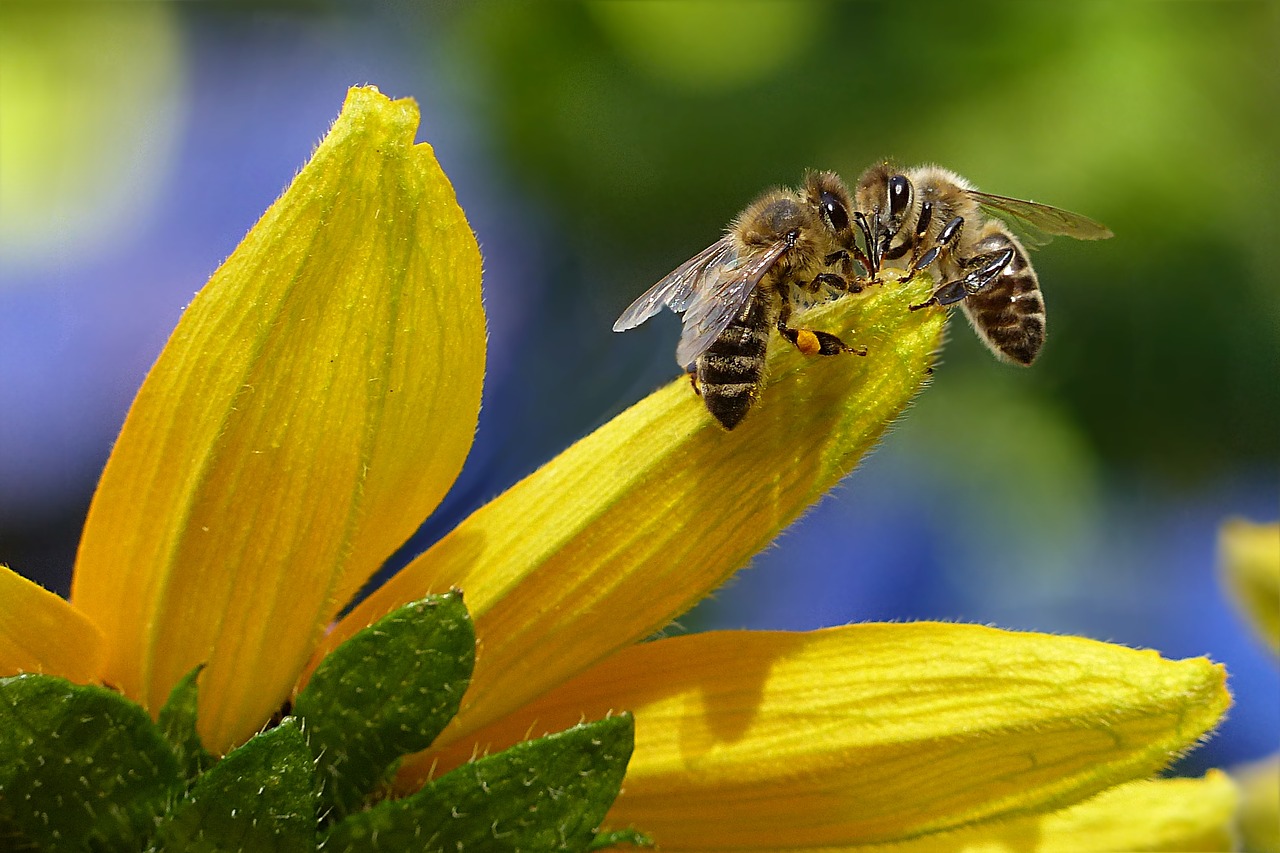Neonicotinoids are controversial pesticides that periodically steer political debate. Some call them bee-killing pesticides. Their defenders deny their impact on pollination and claim that without them we would be gambling with the food security. The fact is that the biodiversity of species involved in pollination and agriculture-related ecosystem services is disturbingly decreasing. And we need to stop that.
Neonicotinoids are pesticides used among others for protection of crops against herbivorous insects. Their application can be performed in many different ways (e.g. spraying on leafs or trunk injections). However by far the most popular is the prophylactic seed coating. The idea is to have higher crop yields, although it is not always the case.
Neonicotinoids receive a lot of attention from time to time, inside the “Brussels bubble”. Back in 2013, the European Commission suspended certain usage of three neonicotinoids for two years. After this period, the new information was evaluated by the European Food Safety Authority (EFSA), which confirmed that clothianidin, thiamethoxam and imidacloprid were risky towards bees when used as foliar sprays. Thus, the restrictions were extended for another two years. EFSA’s assessment update, taking into account the newly collected data, is expected in January 2017. And as we are approaching towards that period, the next round of passionate discussion begins.
How do they work?
Neonicotinoids are neurotoxins. They imitate the role of chemical messengers for regulating body functions. Unlike their naturally present counterparts, which are removed after their role is over, they remain and further cumulate: blocking the signalling pathways. This leads to a broad scale of effects ranging from changes in different functions (such as behaviour or reproduction) until paralysis and death (mainly in insects; but in lower scale also vertebrates).
Neonicotinoids are absorbed and spread through the entire plant. Therefore, the organism can enter the plant in many ways such as by eating pollen, nectar, leaves or seeds. The possibility of contamination by neonicotinoids apply also to other plants and weeds growing close to treated fields or even dust from the agricultural equipment. Apart from pests, non-target organisms (such as bees and birds) are affected as well, which happens to be crucial for ecosystem services functioning.
What is at stake?
The ecosystem services are life support systems that are provided by the environment. The ones that are related to agriculture are pollination, maintenance of soil production capacities and natural pest control. The economic value of ecosystem services is often neglected and they are treated like free public good. In case of pollination, for example, it was estimated that in Europe, crop pollination by insects has an annual value of 14.6 billion EUR, which accounts for 12% of the total economic value of annual crop production. To some extent, 75% of the traded crops on global market are depending on pollinators. In order to deliver these ecosystem services, biodiversity plays a crucial role. Biodiversity is not just a simple list of the species, but they also are shock-absorbing buffers. Many species participate in delivering more than one ecosystem service.
Regarding pollination, for example, honey bees are in the centre of attention, however that is just a part of the story. They are not the only ones. Bumble bees, solitary bees and even butterflies and moths contribute to the pollination sometimes more than honey bees. When behaviour of a single honey bee is damaged (e.g. by neonicotinoids), the whole colony may be affected. Additionally, because they are largely managed by humans, it is possible even to replace the whole colony. The role of individuals is much greater in bumble bees, not to mention solitary ones, where the loss of few can have very serious consequences.
Decline in biodiversity
What is very alarming is that practically all key species that are involved in delivering these ecosystem services, show major decline. There are numerous factors influencing this phenomenon, including the problems caused by agricultural practices, for example tilling and mowing, growing monocultures. These practices reduce biodiversity and consequently cause outbreaks of pests, alteration in land use and hydrology as well as expanded use of fertilizers.
However, as European Academies last year concluded in their analysis of 100 scientific studies: “There is clear scientific evidence for sublethal effects of very low levels of neonicotinoids over extended periods on non-target organisms”. A recent 18 years study shows, that wild bees foraging on neonicotinoid-treated oil seed crops are three times more negatively affected than the not exposed ones. Finally, neonicotinoids seems to give a hard time also to butterflies.
Where do we go from here?
The decline in ecosystem services and biodiversity in general is alarming, and we should work with maximum effort to stop it. Extensive use of neonicotinoids in certainly not in line with the norm of sustainable agriculture neither it is in line with the sustainable use of pesticides or the restoration of ecosystem services. In fact, even the industry is starting to acknowledge the risks. Farmers should not try to avoid the ban but they should also not be the only ones carrying the economic burden. Otherwise only then we are gambling with the food security, risking the pollination.
2 comments













2 Comments
Jakub R
22/09/2016, 12:04 pmThe main disease are Varroa mite, and the microsporidian Nosema ceranae.
But these relationships are more complex. Just one example: the disease might be native to/originate in one species of wild bees. When those live in proximity of honey bees, the infection gets transferred. And as the honey bees are commercial species, they get sold to other part of the world and disease is spread to native populations there.
REPLYJasen@Anonymous
20/09/2016, 1:26 amAnd what diseases are honeybees actually spreading to wild bees?
REPLY